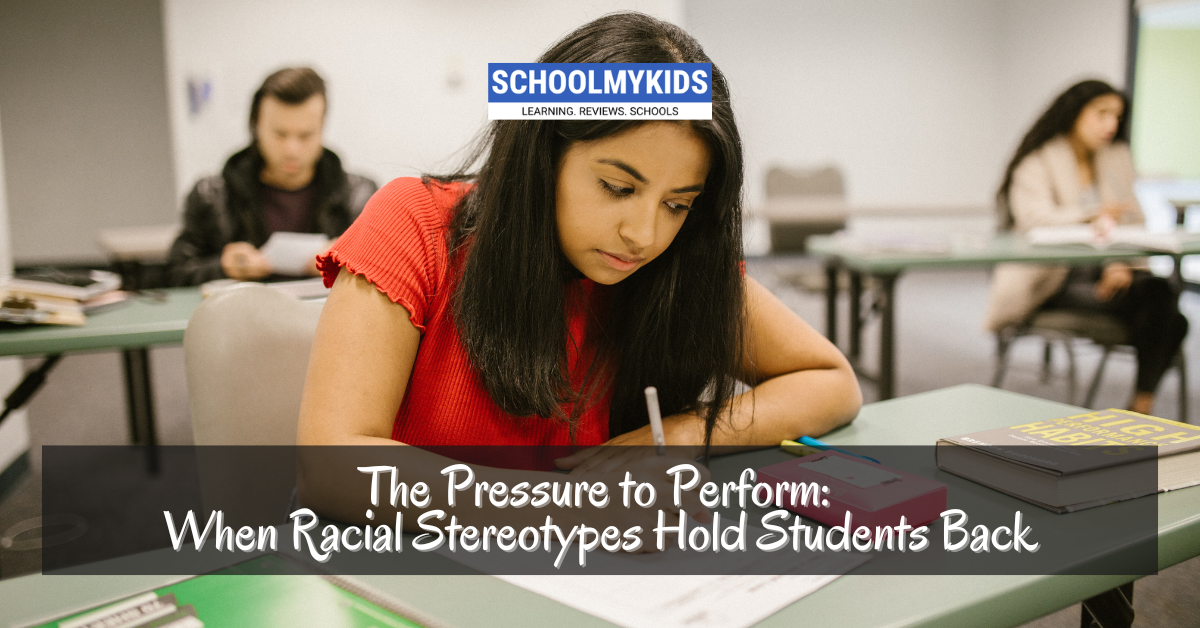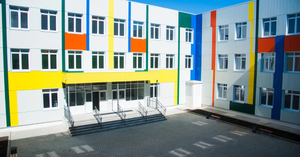The world is a constantly evolving place, and education is no exception. Yet, amidst the advancements in teaching methods and technology, one issue continues to hold students back: racial stereotypes. These preconceived notions about a person based solely on their race can have a profound impact on a student’s academic performance, psychological well-being, and overall educational experience. It’s not a new problem, but in today’s diverse classrooms, it’s high time we address it head-on.
Think about it: how often do stereotypes like “good at athletics, not academics” or “naturally loud and disruptive” cloud our judgment about students of color? These expectations, even if unspoken, can create a heavy burden on young minds. Students may feel the pressure to conform to these stereotypes, leading to anxiety, a fear of failure, and, ultimately, a decrease in motivation and engagement in school.
The Impact of Stereotypes on Students
- Psychological Impact: It is undeniable. Students constantly bombarded with negative stereotypes might develop feelings of inadequacy and self-doubt. This can manifest in a lack of participation in class discussions, a reluctance to take risks or ask questions, and a general disinterest in learning.
- Educational Impact: Educationally, stereotypes can create a self-fulfilling prophecy. If a teacher subconsciously expects less from a student based on race, they might provide fewer opportunities or challenges. This lack of support can hinder the student’s academic growth and reinforce the negative stereotype.
- Emotional Impact: The emotional toll is just as significant. Feeling judged and misunderstood can lead to isolation, frustration, and even anger. Students might withdraw from their peers and teachers, further hindering their academic journey.
Combating Stereotypes: A Shared Responsibility
So, what can we do to dismantle these harmful stereotypes and create a more equitable learning environment? Here are some tips:
- For Teachers: Be mindful of implicit biases and challenge your own assumptions about students. Celebrate diversity in the classroom and actively promote respect for all cultures and backgrounds. Provide opportunities for students to showcase their talents and abilities in various ways, not just through traditional methods.
- For Schools: Implement diversity training for staff and incorporate an anti-bias curriculum into the educational program. Encourage open communication about stereotypes and their impact. Create a safe space for students to discuss their experiences and concerns.
- For Parents and Guardians: Talk to your children about stereotypes and their potential effects. Help them develop a strong sense of self-worth and encourage them to advocate for themselves. Celebrate their accomplishments and provide a supportive environment where they feel comfortable expressing themselves.
- For Everyone: Be an active bystander. Speak up against racist remarks or assumptions. Promote understanding and appreciation for different cultures. Remember, we all have a role in creating a more inclusive learning environment.
Conclusion
It’s important to remember that this isn’t a problem that just popped up recently. Racial stereotypes have plagued education for far too long. But with awareness, a commitment to change, and collaborative effort, we can create schools where every student feels ready to reach their full potential, regardless of race or ethnicity.
Let’s work together to break down these barriers and create a learning environment where students can thrive, not just survive.








Be the first one to comment on this story.